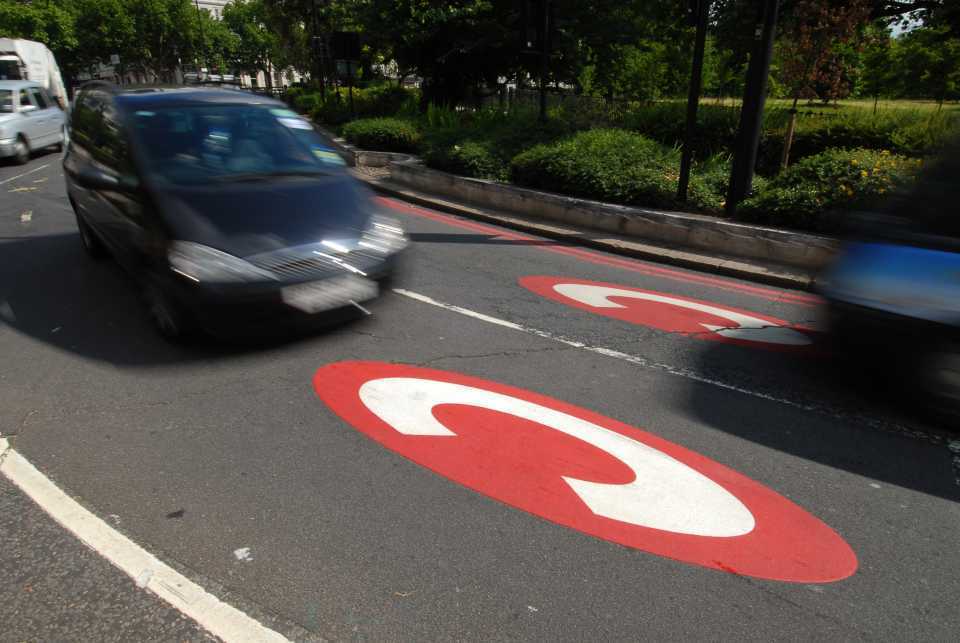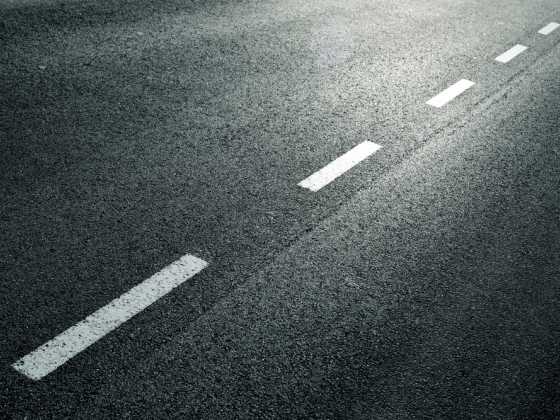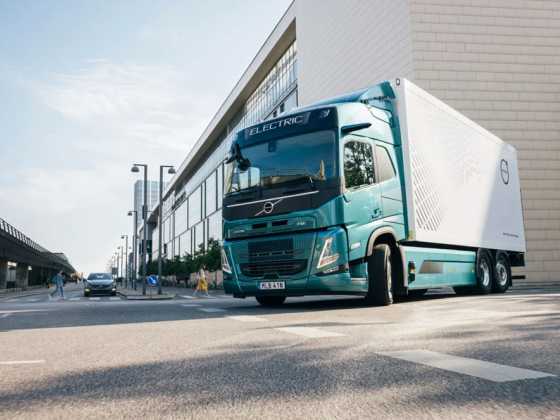Reduction in London NO2 levels five times greater than elsewhere

The scale of reduction of NO2 air pollution has been five times greater in central London than the national average since 2016, evidence published by the Mayor of London has revealed.
This new data is being submitted as part of London’s response to the Environment Food and Rural Affairs Committee’s (EFRA) call for evidence scrutinising the Government’s air quality strategy.
Measures to improve air quality in London include introducing the world’s first Ultra Low Emission Zone (ULEZ) in central London.
In 2020, before measures to address the COVID outbreak were introduced, hourly average levels of harmful nitrogen dioxide (NO2 ) at all monitoring sites in central London had already reduced by 44 per cent since 2017.
In 2016, London’s air exceeded the hourly legal limit for nitrogen dioxide for over 4,000 hours. Last year, this fell to just over 100 hours – a reduction of 97 per cent.
London has also seen additional improvements in air quality during the coronavirus lockdown as traffic fell to around half pre-lockdown levels.
The submission from the Mayor of London's office shows London can achieve WHO PM2.5 targets by 2030.
The Mayor’s plans to improve air quality could avoid 295,000 new cases of disease and 1.1 million hospital visits by 2050. This would lead to an estimated £5bn in savings for the NHS.
Sadiq Khan is calling on Ministers to follow London’s lead and immediately amend the Environment Bill to give UK cities more powers and funding.



